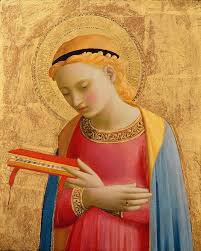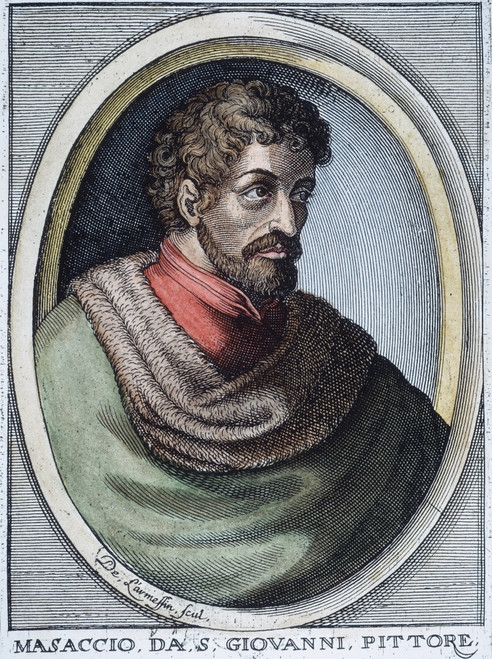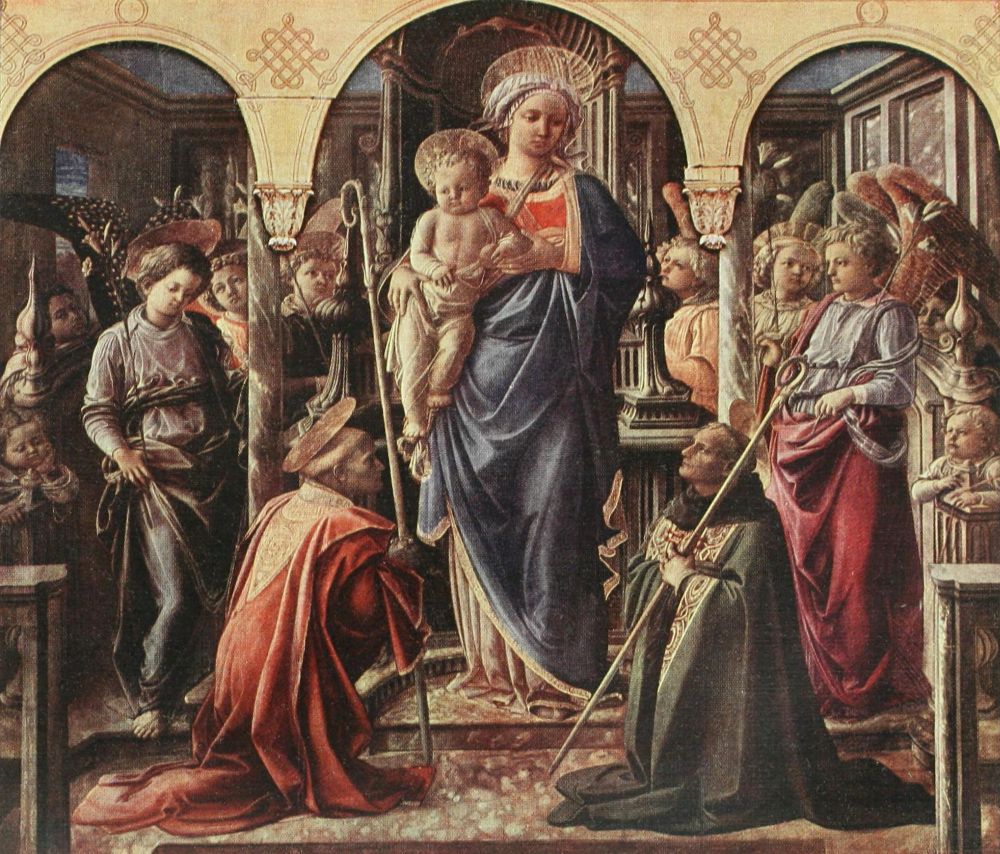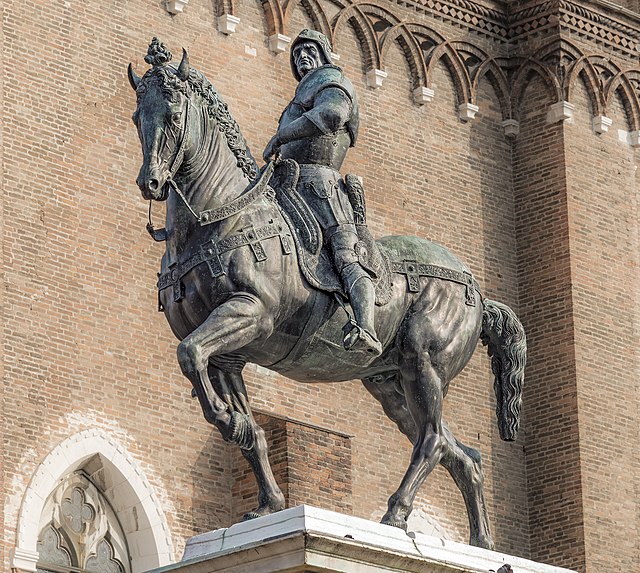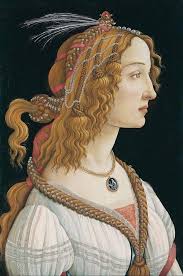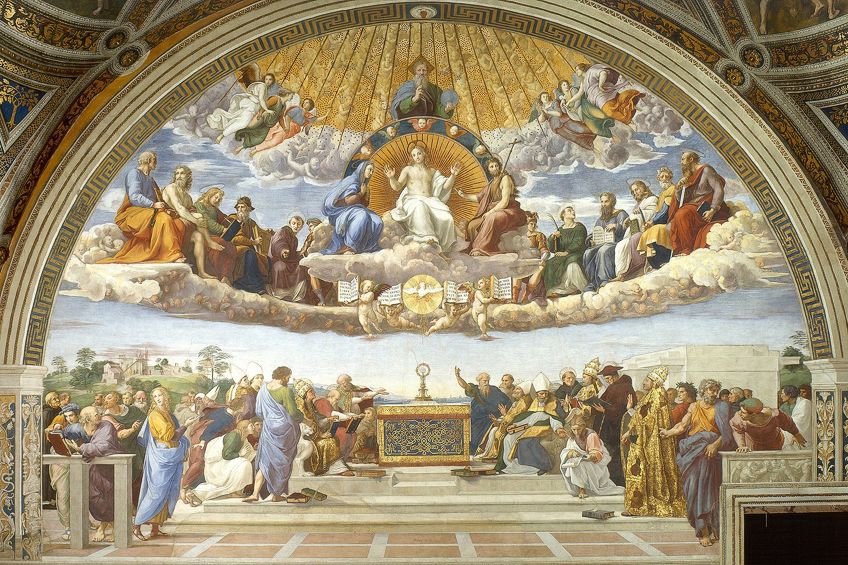Fra Angelico
A rare talent
Fra Angelico, the original name Guido di Pietro, is an Italian painter of the Florentine school whose early Renaissance works were noted for their simplicity and serenity. He was described by Vasari in his Lives of the Artists as having "a rare and perfect talent."
Early life
Guido di Pietro was born in an aristocratic family. A little is known about his early life, but it is believed he was an apprentice painter at a young age. In 1417, Guido took holy orders and became Fra Giovanni de Fiesole, or Fra Giovanni Angelico (Brother John the Angelic). He joined the convent of San Domenico in Fiesole, where he enjoyed the patronage of Cosimo de' Medici, the future leader of Florence. It was probably around this time that Fra Angelico began painting devotional panels for private devotion.
The masterpieces
In 1417 he entered the Dominican Order at Fiesole. Fra Angelico worked on stained glass windows and other adornments for churches and chapels before dedicating his life to painting altarpieces and frescos. In 1436 he completed his famous Annunciation, now housed at the Uffizi Gallery in Florence. This masterpiece, which is considered by many to be his greatest work, shows Mary receiving the news of her pregnancy from Archangel Gabriel as she reads a book of scripture.
The most moving and beautiful of all Fra Angelico's frescoes are to be found in the Dominican monastery of San Marco in Florence, where he worked from 1438 until his death in 1455. Fra Angelico provided a spiritual decoration for its cells, chapter house and other parts of the monastery. In this he was assisted by his favorite pupil, Benozzo Gozzoli. The work took fifteen years, and comprises almost fifty scenes from the life of Christ and the Madonna.
Fra Angelico's art
In the early 15th century, Fra Angelico's style was still predominantly late Gothic. However, by the time he painted San Marco Altarpiece (1438), his work reflected the new Renaissance spirit through its humanity and naturalism. The forms are graceful and supple but not ethereal; the line handling is sure even in details; there is a new richness and subtlety of harmony in color. Fra Angelico's art is characterized by clarity of vision, the sweetness of expression, and purity of purpose. His frescoes for the convent of San Marco are among his most significant works.
